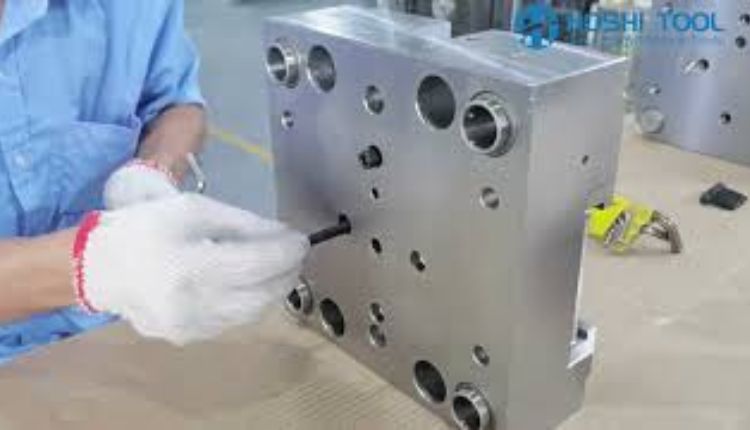Acrylic Injection Molding: High-Quality Plastic Mold Manufacturing
Acrylic injection molding is a popular production method for a wide variety of products. It is a simple process that requires a mold and raw plastic material. Injection molding machines melt and inject the acrylic into a mold to create the finished product. To ensure accurate results, it is important to maintain proper temperature control. Regular calibrations and quality inspections enhance accuracy.
Lightweight
Acrylic plastic is strong and lightweight, making it ideal for transparent parts that need to withstand the elements. It resists UV rays, weather, and chemicals and can hold tight tolerances. It also maintains a high level of optical clarity. Common brand names include Trinseo PLEXIGLAS and DuPont LUCITE.
The main flaw of acrylic is its poor scratch resistance. For this reason, manufacturers often cover acrylic parts with a protective layer to prevent damage. Acrylic does, however, have good tensile and flexural strength.
Other plastic mold may be better suited to specific applications, depending on their chemical and mechanical properties. For example, polypropylene offers excellent chemical resistance and can withstand harsh environments. It also resists water absorption and dimensional changes. On the other hand, polycarbonate can withstand higher processing temperatures but doesn’t provide as much transparency. It does, however, offer precise dimensional control and can handle high-stress conditions. It also has high impact resistance.
Durable
Acrylic is a great choice for injection molded products because it resists stains and other damage. It also has high transparency and a low haze value. It is a good substitute for glass and can be used in medical, optical, and electrical applications.
Optimal acrylic injection molding requires careful material preparation, precise temperature control, and consistent process monitoring. Moisture content should be kept below 0.1%, and the injection speed must be consistent to avoid bubbles and gas lines in the finished product. Injection molded acrylic parts are resistant to a wide variety of chemicals, including detergents, diluted acids, alkalis, and aliphatic hydrocarbons. They also have excellent dimensional stability and low shrinkage rates.
Optimal Transmittance
Acrylic has the advantage of being resistant to sunlight and not prone to yellowing or cloudiness. It also has superior weather resistance compared to other plastics. It’s also easy to thermoform and offers good dimensional stability. The injection molding process requires a careful balance between the melt and mold temperatures to achieve optimal quality and cycle time. This is where regular calibration and inspection can help ensure accuracy and consistency.
Once the molten acrylic is injected, it needs to be allowed to cool and solidify within the mold’s channels. If this process isn’t carefully managed, the final product can warp or shrink. After the acrylic has cooled and solidified, it must be ejected from the mold and manually removed with care to avoid damage. If necessary, it can be sanded to smooth the surface and edges.
Economical
The price of acrylic injection molding can be intimidating for a new manufacturer. However, with proper planning and budgeting, the cost can be manageable. The price of the plastic injection molding depends on several factors, including the price of the mold, the cost of the molded products and the complexity of the molded products.
The cheapest way to get an estimate for your plastic injection molding project is to have the design ready before seeking a quote from a professional plastics manufacturing company. This method reduces the number of mistakes during the process and allows for a smoother production cycle.
Proper material preparation can save on costs by reducing the amount of wasted material. For example, reducing moisture content to 0.02% prevents stress during molding. Injection speed and parameters also impact the final appearance of a molded product. For instance, high injection speeds can cause warping or distorted parts while too long injection and pressure holding times can lead to stress.
Wrapping It Up
Acrylic is a type of plastic that is often used in injection molding. This opaque polymer is easy to work with and can be molded into an aesthetically pleasing product. Injection-molded acrylic can be scratched, but these scratches can be quickly removed with plastic polish solutions. This article discusses plastic mold acrylic injection molding material properties, processing methods, and design guidelines.
